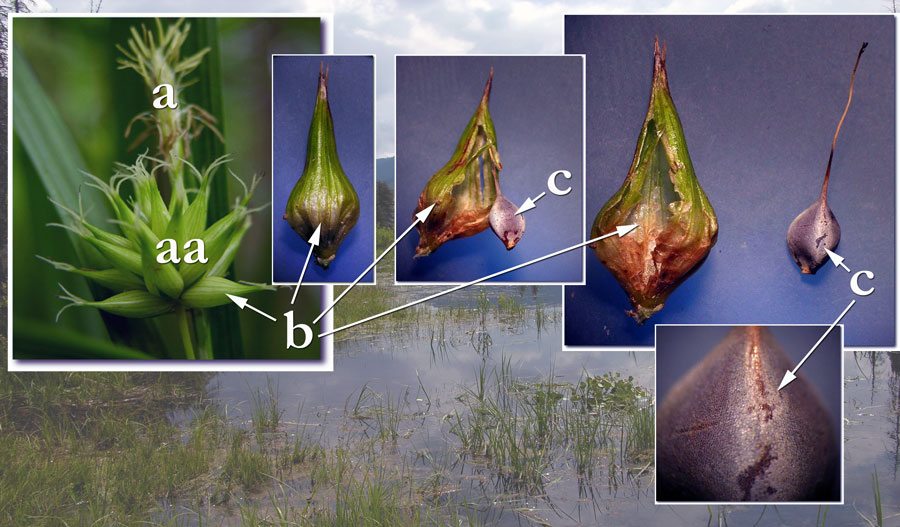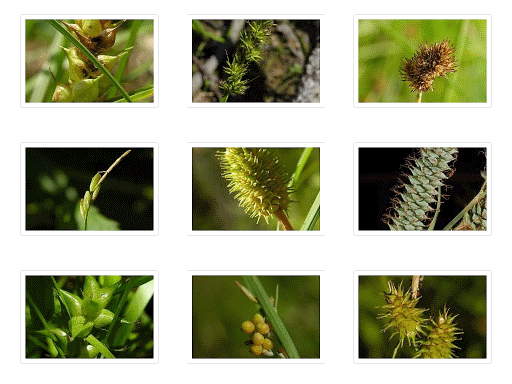How to identify true sedges or Carex
Tired of just writing Carex sp. in reports?
Identifying members of the Carex genus is an exciting journey of discovery that becomes enjoyable once you understand the specialized terminology used to describe their features. Though it may seem daunting at first, learning just a handful of key morphological terms opens up the ability to accurately identify these remarkable plants. The secret is focusing your attention on the mature flowers, which are entirely single-sex - either male (staminate) or female (pistillate).
Their intricate structures hold the clues for telling Carex species apart. Arm yourself with patience and a curiosity to uncover the meanings of these unique terms. You'll soon find yourself falling into an enriching world, gaining insights into the diversity and beauty of Carex as you incrementally master the vocabulary. Reference guides and online resources can aid your exploration, but direct observation of flowers in various stages is irreplaceable for grasping the nuances. With practice, terminology that once felt foreign will roll off your tongue. Your growing command of Carex morphology will earn you passage to identifying these graceful, geometric plants that flourish in so many habitats.
 Figure 1. a = staminate spike, aa = pistillate spike, b = perigynium,
Figure 1. a = staminate spike, aa = pistillate spike, b = perigynium,
c = achene

Each female flower develops a modified bract that envelops the ovary for protection and environmental control. These bracts all have a single small terminal opening allowing for fertilization. This 'bag-of-a-bract-with-a-hole-in-the-end' is called a perigynium (singular) or perigynia (plural). After fertilization, the ovary within this perigynium develops into a single nutlet called an achene. Structurally achenes are uniformly either two or three-sided and only possess one of two style types: deciduous or persistent.
Translation: avoid vegetative specimens that lack perigynia and achenes due to immaturity, sterility, or being entirely staminate. These difficult specimens should be given a wide berth until one is familiar with fertile material.
Achene within a perigynium
Perigynia and achenes provide essential diagnostic characters required for the identification and further writing of more than just Carex sp.
Perigynia vary in size, shape, and color

Perigynium size distribution across the genus varies from a couple millimeters long to nearly two centimeters long. They may be flat, round, or trigonous in cross-section.